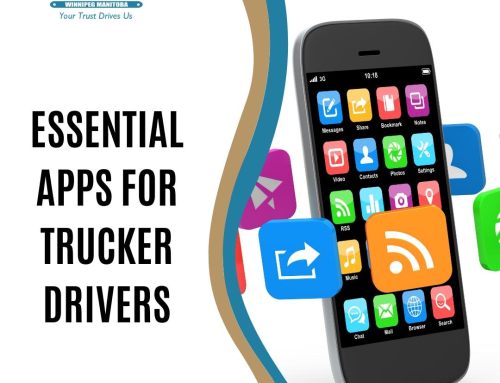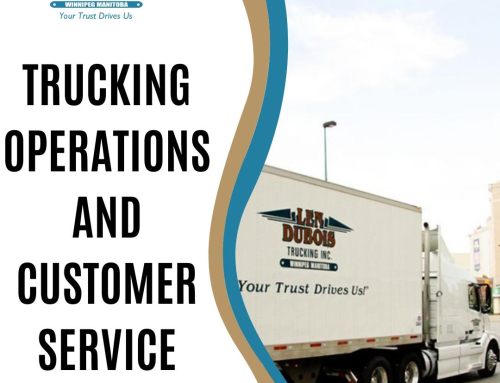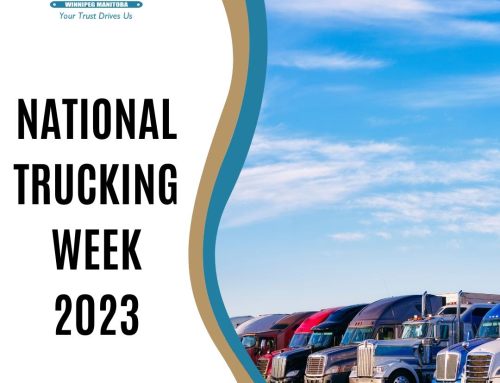 Life on the road shouldn’t eat into your wallet more than it needs to. After all, you work hard and sacrifice a lot to get the job done, so why should your lifestyle eat into your hard-earned dollars?
Life on the road shouldn’t eat into your wallet more than it needs to. After all, you work hard and sacrifice a lot to get the job done, so why should your lifestyle eat into your hard-earned dollars?
Here are some great tips to help you save your money while getting the job done.
- Pack your meals – Eating out every day is one of the costly mistakes truck drivers make, eating up hundreds of dollars every month. If the average driver spends $30 a day on meals and is over the road an average of 25 days a month, that’s $750 a month in meals or approximately $9,000 per year. By investing in some tools for over the road cooking, and hitting the grocery stores for your meals, drivers can save around 75% of their meal expense, or $6,750 a year! Imagine what you can buy with that cash instead of putting it in your stomach!
- Pack your snacks too – say no to those impulse buy items when you enter the truck stop, they add up quickly. Yeah, we know, it’s only a buck or two, but those dollars add up, and before you know it, you’ve spent $15 a week on chocolate bars and chips, which is not all that health and adds up to $780 a year. Packing your snacks along with your meals means that you’ll be able to save money and eat healthier too.
- Buy a single serve coffee maker – this is especially important for those of you who just can’t live without coffee all day, every day. We met a driver once who averaged 3 cups of coffee a day; at $2.25 a cup and an average of 25 days on the road per month, we estimated that this driver was spending $2,025 on coffee alone. With a coffee maker, this cost can drop dramatically to $513 with an average of $204 on coffee grinds a year, $195 on water and $114 whitener and sugar $114. Total savings for this driver, $1,512 per year!
It doesn’t take long for drivers to spend too much money on food every year, and the examples we’ve provided here are real, everyday occurrences for many drivers. Taking a look at the grand scheme of things, if we add up the savings $8,262 (not including the snacks). That’s around a month and a half of yearly salary.
- Fuel for Showers – shower prices have increased significantly over the past decade. With drivers facing fees of $11 to $15 in the U.S. and $20 plus in Canada, this basic human necessity is really expensive. We get it; when you need to shower, you need to shower. Whenever possible take on enough fuel to qualify for a free shower, this helps keep costs low; when you need to pay for a shower, keep the receipt. At tax time, you can write off part of the expense as a cost of the job.
- Set up your monthly bills for auto pay – you never know when you are going to be home, or which due date you are going to miss. By setting up your bill payments to be automatically withdrawn from your bank account, you’ll avoid missed and late payments, saving you hundreds of dollars a year in fees and penalties.
More Tips for Saving Money
Set up a monthly budget and stick to it! Having a monthly budget allows you to see just where all your hard-earned cash is going, and sometimes it’s not even the over the road expenses that are eating into your hard-earned dollars. What are you paying for at home that you are rarely using?
- Is $8o plus a month worth the price of cable when you’re only there five days a month?
- Do you really need that land line when chances are you are holding a cell phone right now?
- If you didn’t do laundry over the road, how much would you save?
- Are you still listening to that podcast that you purchased a subscription for?
Setting up a monthly budget will identify areas and habits of spending that you may not normally notice, after all, what’s $2.25 for a cup of coffee?
Beyond the budget, the next largest money saving tip for drivers is not to get caught making expensive purchases that are rarely going to be used. This is a cycle that many new drivers fall into easily because they are making more money than they previously had. When you are making $50,000 to $60,000 a year, or more as an owner-operator, it can be easy to justify the $50,000 for a shiny new pick up truck or a new quad or a new snowmobile – the list goes on. Before you make the purchase, stop and ask yourself if it’s actually going to be used. Do you need a pick-up truck to use 5 days a month? A quad or snowmobile to use, maybe 5 times a year? Is there a more affordable option available that will let you keep more of your cash in the bank?





